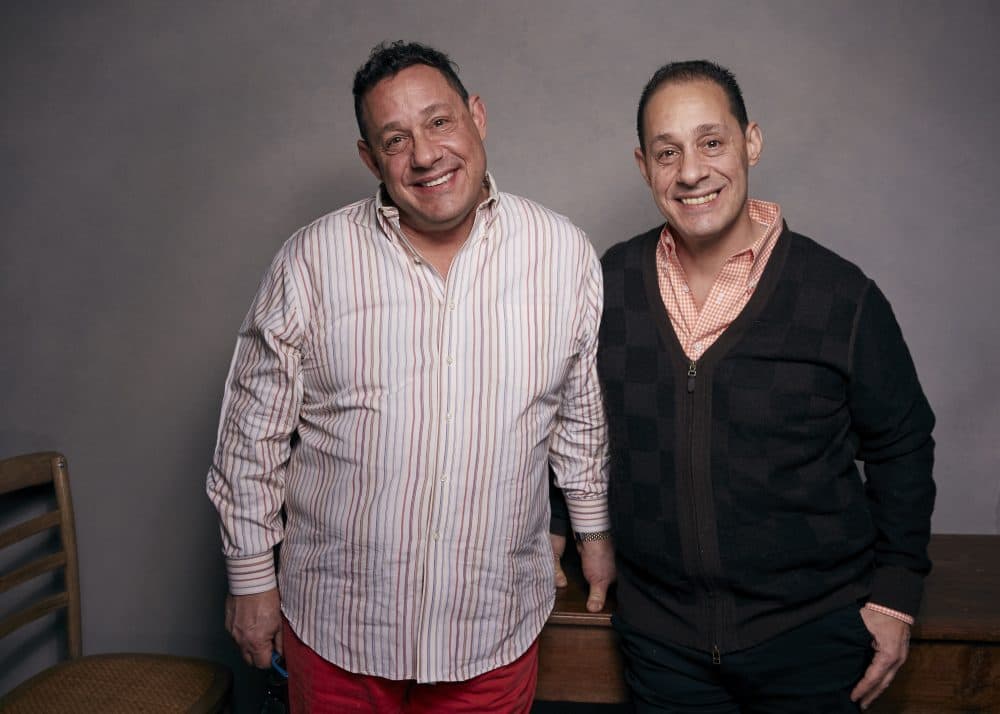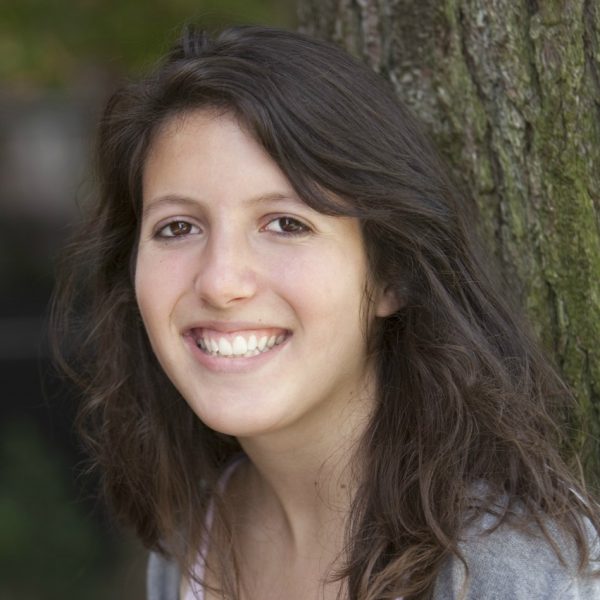Advertisement
Commentary
Yale Must Act To Reveal The True Stories Of Other 'Identical Strangers'

Editors Note: This essay reveals information about the documentary, "Three Identical Strangers."
Right now, an unknown number of people are oblivious to an essential fact of their lives: They have one, maybe two, identical siblings. These people were adopted through the same prominent New York City agency. The agency collaborated with a psychiatrist on a secret “study” that separated twins and triplets, placed them in different adopted families and observed their development as they aged. The agency and the investigators never told the adoptive parents, and never published the study. The records remain -- but are locked away in a university library, and will stay locked for the next 47 years.
This is not a Margaret Atwood tale. But it makes a good movie. It's the revelatory plot of a recent documentary, "Three Identical Strangers." The movie tells the story of triplets, separated at birth by this study, who discovered each other’s existence at age 19. They learn that their separation was no accident. Researchers intentionally placed the three brothers in households of different socioeconomic status, each with an adopted older sister, to examine how parenting style affected the boys.
In the movie, a researcher from the study muses that some of the twin pairs almost certainly still don’t know of their siblings’ existence. Thirteen children were part of the study; some have since found their siblings, but others likely have not.
The records wait in the Yale Sterling Memorial Library, closed to nearly everybody, until October 25, 2065. People who believe they might have been subjects of the study may request data (subject to redaction) from the Jewish Board of Family and Children’s Services, who own the records. If subjects don’t ask for the data — because they’ve never heard of the study or they don’t have the technological or institutional literacy required — they will never know if they were included in this study. They will never know if they have a twin. The date for making the records publicly available seems intentionally calibrated to just exceed their lifespans: The triplets, for example, were born in 1961 and would be 104 years old in 2065.
This is unconscionable. People whose lives are irreversibly affected by a study to which they did not consent, and were never informed, have no idea. The onus is unfairly on them to learn whether they were subjects of this study.
Today, Internal Review Boards (IRBs) — the institutional committees that hold research protocols to ethical standards — would never allow such a study design to proceed. Research on human subjects requires the informed consent of those subjects. Studies involving deception are sometimes allowed with extra IRB scrutiny. But once the study is finished, subjects must be told what the study entailed.
In accepting the study records, Yale took responsibility for the secrets the records contain. The university took on a duty to the people whose childhoods are meticulously documented. Yale is obligated to act on that duty, by working with the university’s IRB to develop and carry out a protocol for contacting the living human subjects.
Complex questions arise about how to contact the affected people. Would everyone definitely want to be contacted? How do you weigh one potential ill, the harm of contacting someone who wouldn’t want to know, with another, the harm of not contacting someone who would want to be told? How do you notify someone that information they might want to have is available, without revealing too much? What if a subject’s twin has died since the experiment — should the subject still be contacted?
These are troubling — but not paralyzing — questions. It’s an IRB’s job to contend with such dilemmas and help researchers find answers. In genetic research, for example, what if researchers find a mutation in a subject that is likely, or even certain, to affect the subject’s close relative? Is it appropriate, or obligatory, to contact that relative, and if so, how? IRBs help researchers write protocols to systematically answer such questions, anticipating these dilemmas before they occur. The fact that this study already occurred without IRB approval doesn’t grandfather it in — not when lives are at stake.
Running down the clock of those lives before making the data publicly available is not a defensible solution. Yale needs to act.

